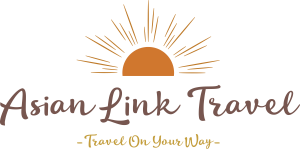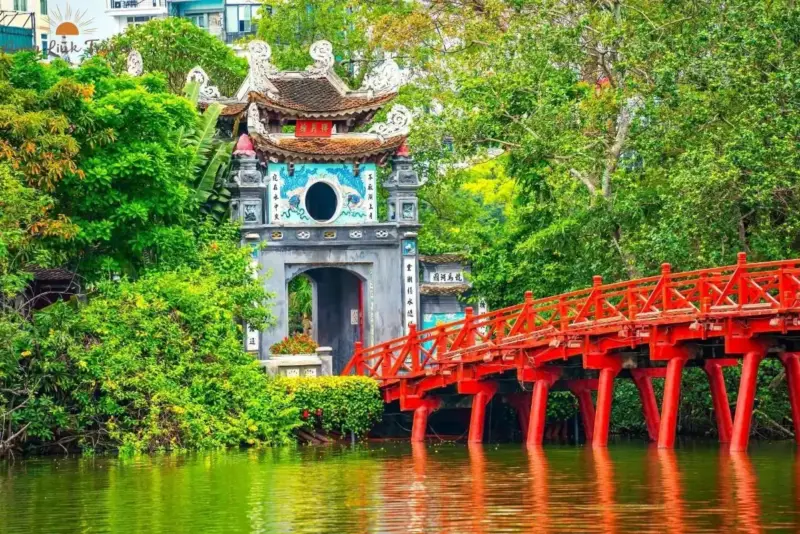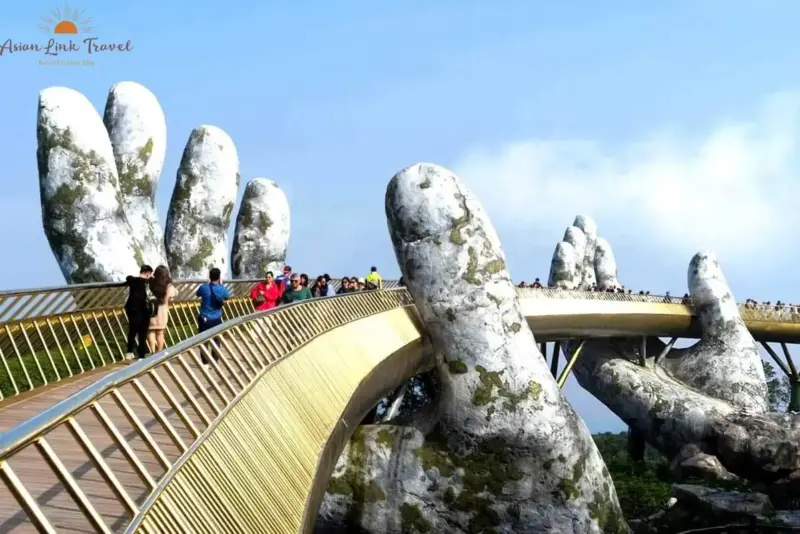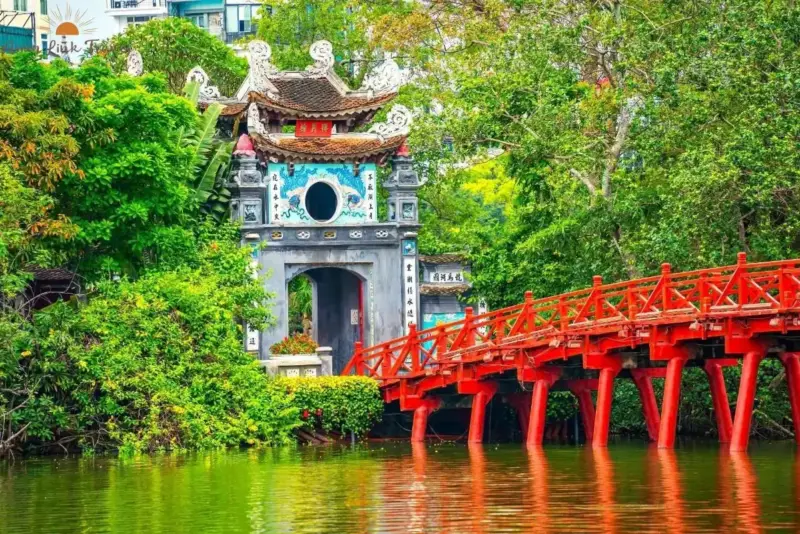Looking for cool mountain air, emerald rice terraces, and authentic village life? A Sapa Vietnam tour package delivers all three—without the planning stress. This news-style guide explains when to go, how many days you really need, sample routes, what’s typically included, and how a Vietnam-based expert like Asian Link Travel can tailor the journey to your pace, budget, and interests.
Why Choose Sapa in 2025
Sapa combines dramatic Fansipan-range scenery with living hill-tribe traditions. Post-pandemic upgrades have improved road access and lodging variety, while trekking routes are being spread out to reduce crowding on peak days. That means better photos, calmer trails, and more meaningful village time—exactly what most travelers want from a Sapa Vietnam tour packages search.
Now that the “why” is clear, let’s break down the core elements that shape a great vietnam sapa tour package—starting with timing and seasons.
What Makes Sapa Special
- Scenery: Terraced valleys, cloud seas, and pine-clad ridges.
- Culture: Hmong, Dao, Tay communities with distinct textiles and markets.
- Adventure Mix: Soft treks, ropeway to Fansipan summit, waterfalls, and scenic road loops.
Best Time to Visit Sapa
Weather can define your experience—crisp views one day, moody mist the next. Picking months that match your priorities is the first win of any Sapa Vietnam tour package.
With the big picture in mind, here’s how to connect seasons to the type of trip you want.
Season Snapshot
- March–May (Spring): Clearer skies, bright greens—great for photography and moderate hikes.
- June–August (Summer): Lush terraces and warmer temps; brief showers possible.
- September–October (Harvest): Golden rice fields and excellent visibility—peak for photographers.
- November–February (Cool Season): Crisp air (cold at night), fewer crowds; expect misty mornings and romantic vibes.

See more: Vietnam Ho Chi Minh Tour: Discover the City’s Top Attractions
How Many Days Do You Need?
A strong vietnam sapa tour package usually runs 2–4 days. Short breaks spotlight scenery and a village walk; longer stays add deeper treks and market days.
Good-Better-Best Durations
- 2 Days / 1 Night: Town highlights, one village trek, Fansipan cable car or Silver Waterfall.
- 3 Days / 2 Nights (Most Popular): Two treks (easy + moderate), a market visit, and one “scenic road” loop.
- 4 Days / 3 Nights: Add a longer ridge trek or homestay, extra photography windows, and a craft workshop.
Getting There & Getting Around
Rail and highway options make Sapa straightforward from Hanoi.
With arrival methods sorted, you can choose the blend of comfort and pace that fits your Sapa Vietnam tour packages plan.
Transport Options
- Night Train + Short Transfer: Classic, atmospheric, and time-efficient.
- Highway Van/Bus (5–6 hrs): Flexible day departures; modern coaches with breaks.
- Private Car: Most comfortable; easiest for families or groups with gear.
Sample Itineraries You Can Steal
These outlines reflect real 2025 traveler trends: easier daily distances, cultural touches, and smart crowd timing.
2D/1N — Sapa Snapshot
Day 1: Arrive Sapa → Cat Cat village walk → Fansipan cable car at golden hour.
Day 2: Short trek (Y Linh Ho–Lao Chai–Ta Van) → Coffee with valley view → Return to Hanoi.
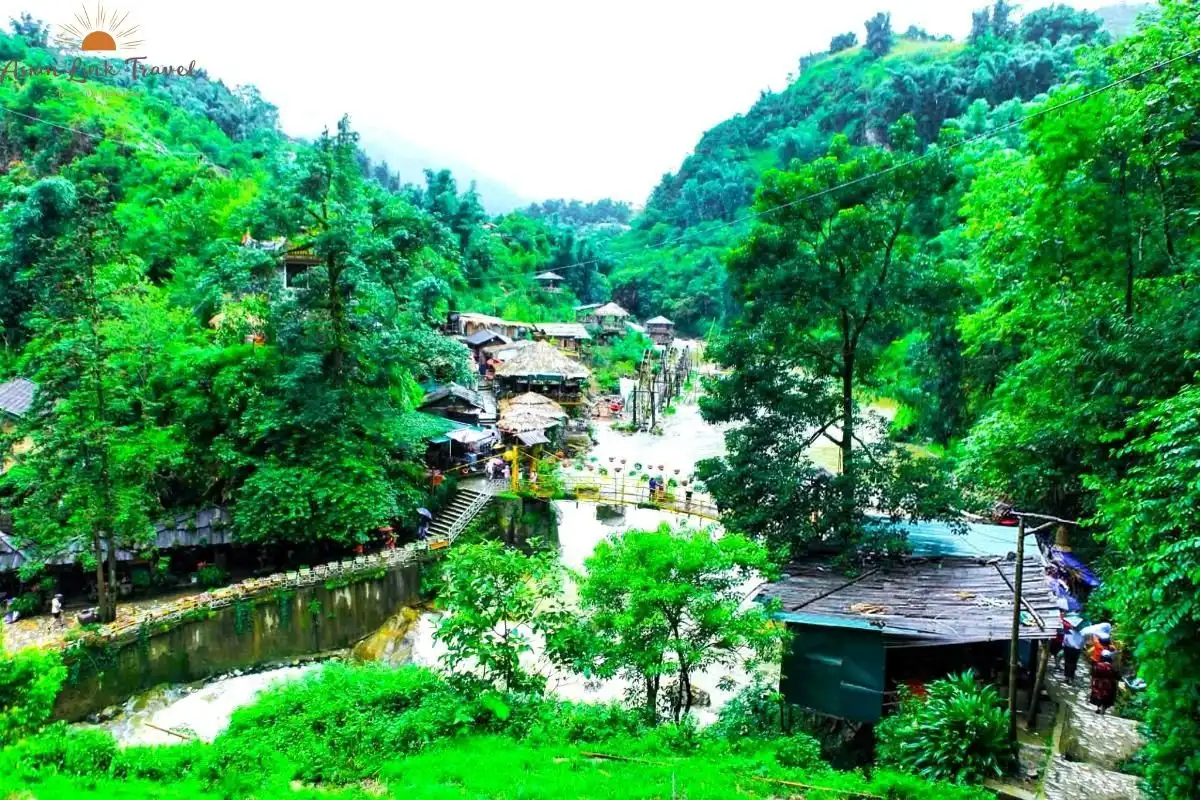
3D/2N — Terraces & Textiles (Popular)
Day 1: Sapa town views → Ta Phin (Red Dao) craft visit → Herbal bath option.
Day 2: Moderate trek along Muong Hoa Valley terraces → Picnic by the stream.
Day 3: Market day (Bac Ha or Coc Ly, depending on schedule) → Scenic road loop → Hanoi.
4D/3N — Slow-Travel Sapa
Day 1: Ridge viewpoints → Silver/Love Waterfall.
Day 2: Full-day trek to remote hamlets → Optional homestay.
Day 3: Fansipan summit (cable car + short hike) → Sunset photo stops.
Day 4: Textile workshop / cooking class → Leisure brunch → Return.
Choosing Your Style: Comfort, Premium, or Boutique
Your Sapa Vietnam tour package can be dialed toward value or indulgence—and your nights shape your days.
Where You’ll Sleep
- Town-Center Hotels (3★–4★): Easy access to restaurants and cafes; ideal for short stays.
- Boutique View Hotels (4★–5★): Balcony vistas for sunrise/sunset; quieter nights.
- Village Homestays (Standard–Comfort): Immersive, with improved amenities in 2025 (private rooms common).

What’s Included in a Good Package
A credible vietnam sapa tour package clearly lists inclusions so you can compare apples to apples.
Typical Inclusions
- Transport: Hanoi–Sapa round-trip (train, coach, or private car).
- Guiding: English-speaking local guide for treks and markets.
- Entrances & Permits: Valley access, cable car tickets if selected.
- Meals: Breakfast daily; lunches on trek days; homestay dinners if applicable.
- Support: Trek poles on request; bottled water refills (eco focus).
- Insurance & Safety Briefs: Operator-level coverage; pre-trek briefing.
What It Costs in 2025 (Land-Only)
Prices vary by season, hotel class, and transport choice. Use the ranges below to benchmark quotes and plan for add-ons that elevate your Sapa Vietnam tour packages without inflating costs.
Ballpark Ranges (Per Person)
- Comfort (3★, shared group): $$ with coach/train, small-group treks.
- Premium (4★ mix, semi-private): $$–$$$ with private transfers, boutique views.
- Boutique/Luxury (5★, private): $$$+ with balcony suites, curated dining, and private guiding.
Money-savvy moves:
- Travel March–May or Sept–Nov for best scenery-to-crowd ratio.
- Combine Sapa with Ninh Binh or Hanoi food tours for better package value.
- Book Fansipan cable car weekday slots to avoid peak queues.
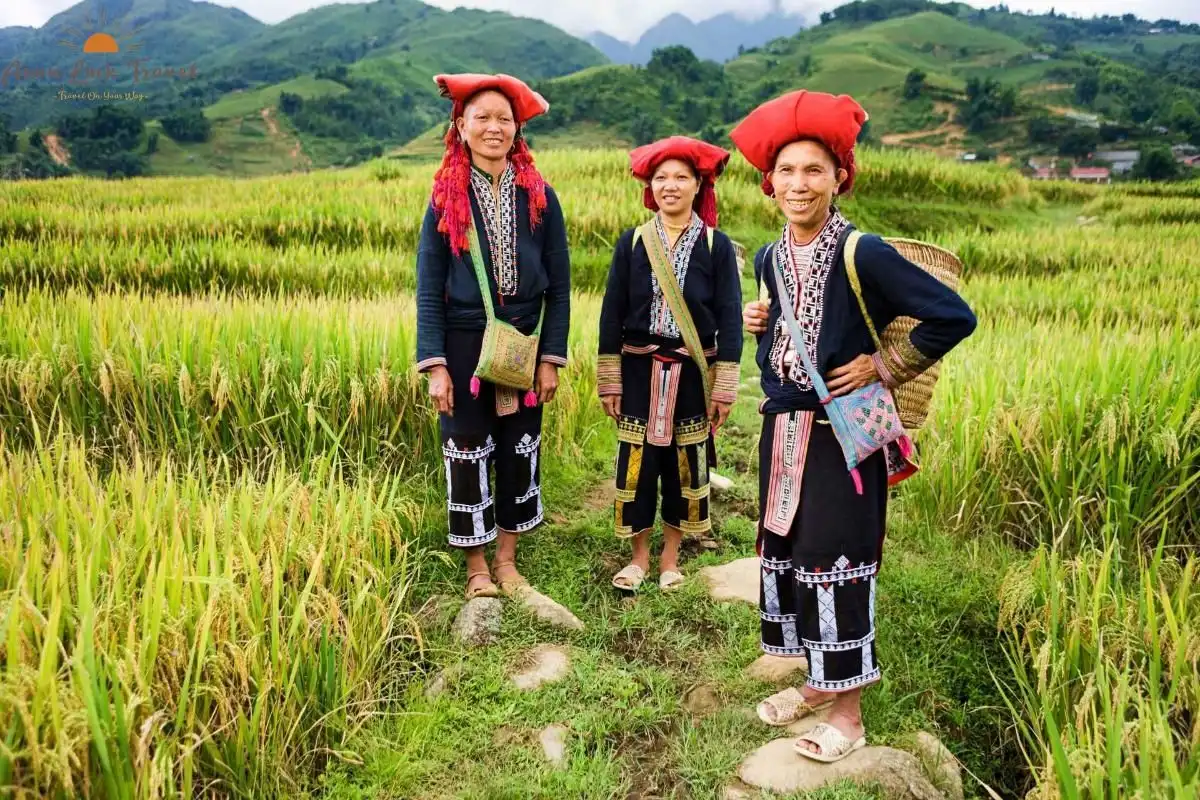
What to Pack & Fitness Basics
Sapa’s microclimates change quickly—layer smart and keep your day-pack light.
Essentials List
- Layered clothing (thin base + light insulated + rain shell)
- Trek shoes with grip; spare socks
- Refillable bottle; sun protection; compact poncho
- Small cash for village snacks/crafts
- Phone power bank; camera rain cover
Responsible Travel in Sapa
Your visit can support communities and protect landscapes. These small habits go a long way toward positive impact on any vietnam sapa tour package.
Do’s & Don’ts
- Buy Local: Choose textiles and crafts directly from village makers.
- Ask Before Photos: Especially of children and artisans at work.
- Stay on Trails: Terraces are food, not just scenery.
- Reduce Waste: Refill bottles; avoid single-use cutlery and cups.
Why Book with Asian Link Travel
Based in Vietnam, Asian Link Travel designs private and small-group Sapa programs with flexible pacing, vetted guides, and weather-savvy sequencing. Being on the ground means quicker support, smarter market-day timing, and clear communication about trail conditions—key advantages for any vietnam sapa tour package. Share your ideal balance of trekking, culture, and comfort, and the team will shape routes and hotels around your energy levels and calendar.
Hotline / WhatsApp / Zalo: +84 961 363 092
Email: [email protected]
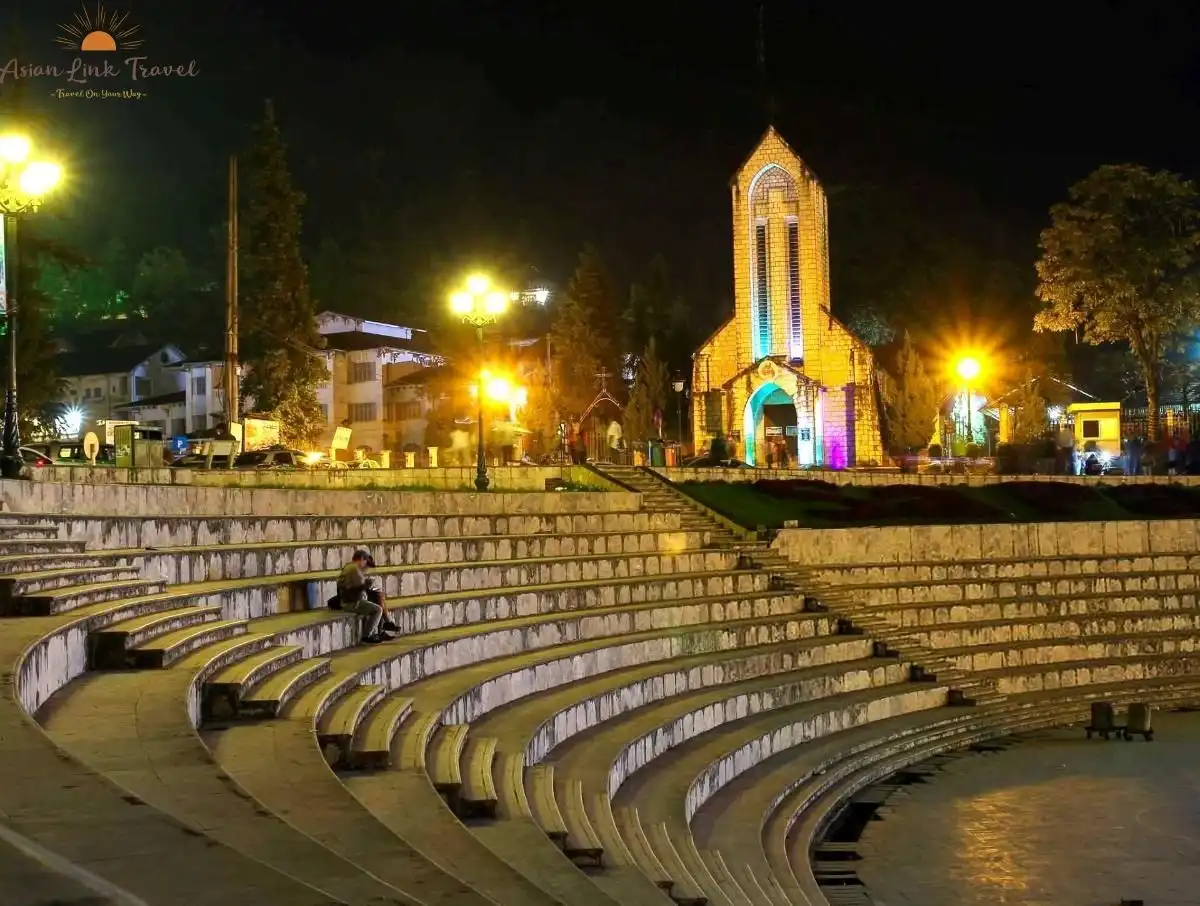
See more: Exploring Southern Vietnam – 4 Days Discovering Saigon, Cu Chi & Mekong
FAQs: Fast Answers Before You Book
These are the questions most travelers ask when comparing Sapa Vietnam tour packages.
Is Sapa suitable for beginners?
Yes. Trails range from flat valley paths to moderate ridge walks. Your guide will adjust routes day-by-day.
Can I visit a weekly hill-tribe market?
Absolutely—Bac Ha (Sundays) and Coc Ly (Tuesdays) are popular. Your itinerary will align with market days.
Do I need hiking boots?
Treaded shoes are sufficient for easy treks. For longer or rainy hikes, lightweight boots help.
What about Fansipan?
The cable car plus a short summit walk offers huge views with minimal effort—ideal add-on to a vietnam sapa tour package.
The Bottom Line
If your shortlist includes Sapa Vietnam tour package, vietnam sapa tour package, or broader sapa vietnam tour packages, 2025 is a standout year to go. Choose a 2–4 day plan, aim for spring or harvest months, and balance treks with cultural time. With a local specialist like Asian Link Travel fine-tuning weather windows, trail difficulty, and village visits, you get the Sapa you came for—mist, terraces, textiles, and a pace that feels like a holiday, not a race.
